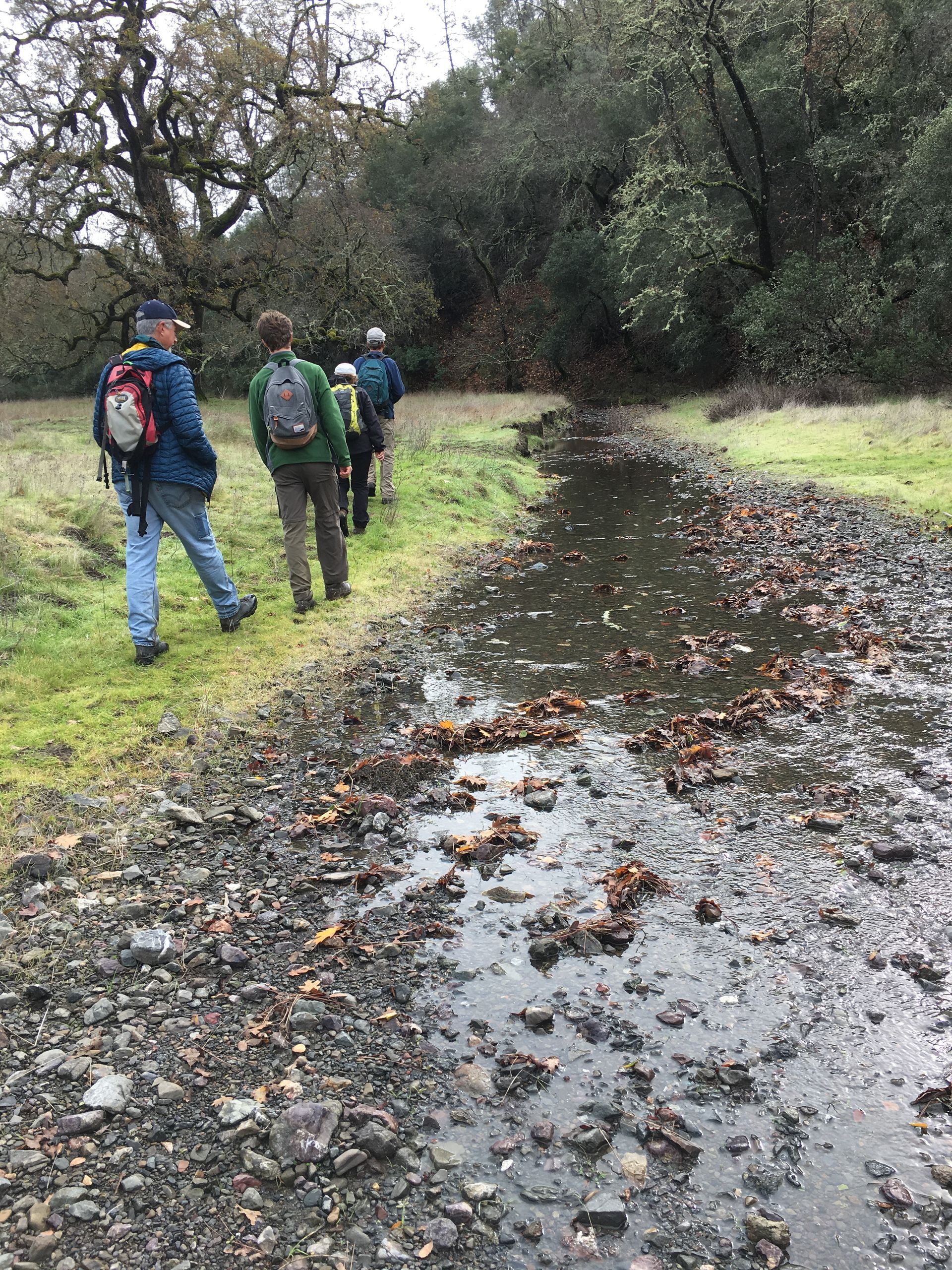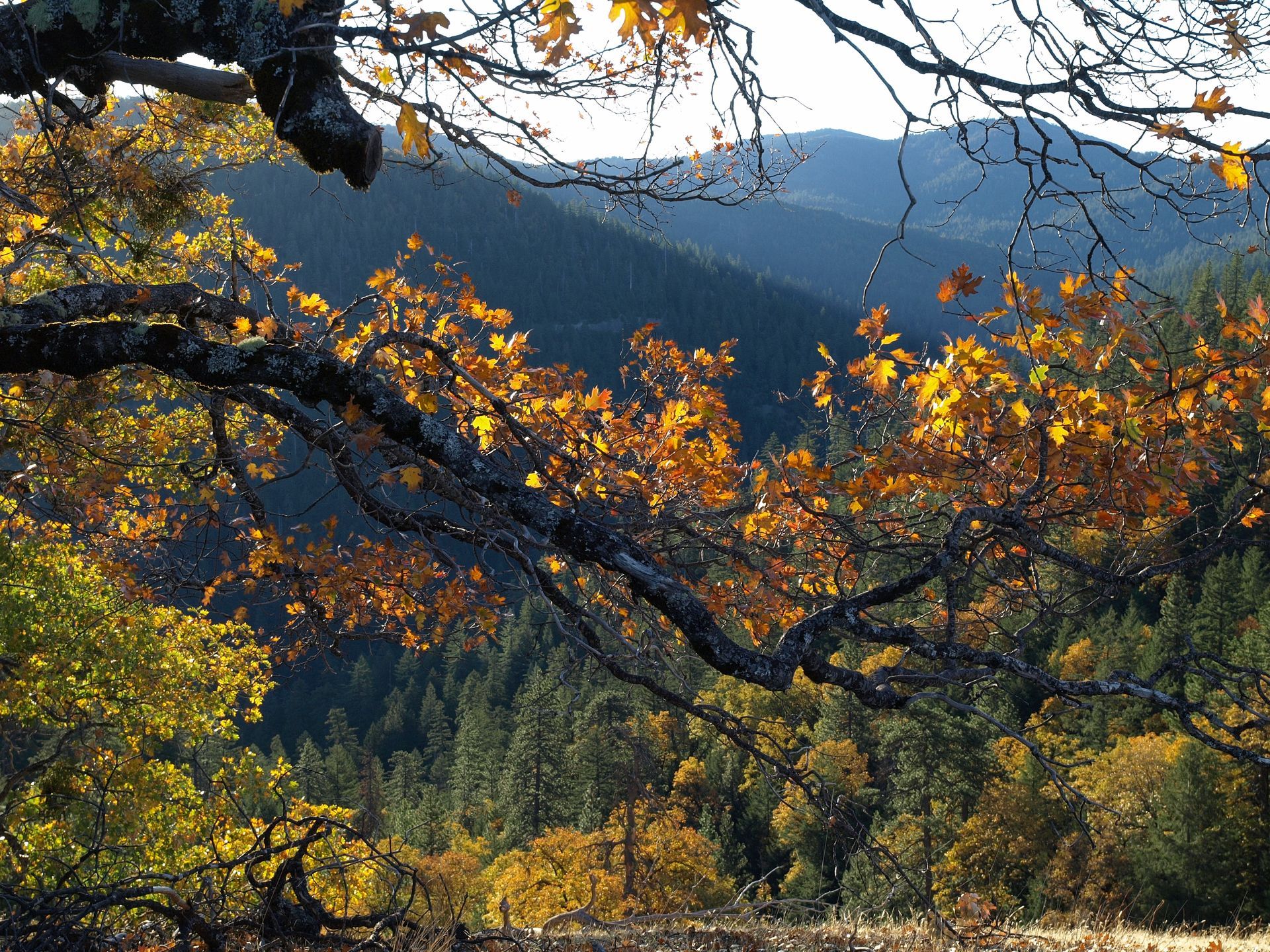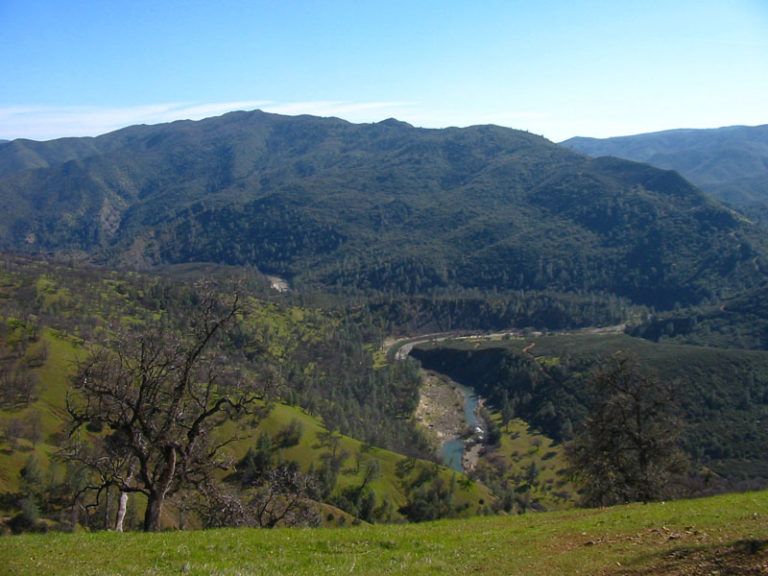Monumental Questions - Happy National Wilderness Month!

The month of September is the motherlode of special events, some of them are more well-known than others. For instance, did you know that September is Chicken month as well as Happy Cat month? It’s also International square dancing month, whole grains month and National blueberry popsicle month. Other things such as beards, cheeseburgers, string cheese, pancakes, beer, ice cream cones, salami, bacon and iguanas are also paid homage during the ninth month of the year. But, September also has the honor of holding special some really significant matters too such as Labor Day, Grandparent’s Day, Patriots Day, International Clean Air Day, Hispanic Heritage Month and National Wilderness Month!
Recently, President Biden declared September National Wilderness Month, celebrating the Wilderness Areas that have already been designated and inspiring our desire and commitment to ensure that these areas continue to thrive for the future generations to enjoy.
Wilderness areas not only provide places for us to escape the ongoing swift pace of “city life” but they also provide protection for entire ecosystems within them. Inside the boundaries of the Berryessa Snow Mountain National Wilderness are three designated wilderness areas: Snow Mountain Wilderness, Cedar Roughs Wilderness and Cache Creek Wilderness.

The Snow Mountain Wilderness was established in 1984 and is in the Mendocino National Forest. It encompasses over 60,000 acres of chaparral and subalpine forest and is managed by the United States Forest Service (USFS). The Cache Creek Wilderness totals 27,294 acres in eastern Lake County and was established in 2006. Cache Creek runs through the wilderness and is flanked mainly by blue oak woodland. Ungulates like Black-tail deer (Odocoileus hemionus columbianas) and endemic Tule Elk (Cervus canadensis nannodes) can sometimes be observed grazing or lounging amongst the oaks. It is managed by the United States Bureau of Land Management (BLM). Cedar Roughs Wilderness was also established in 2006 and is located to the west of Lake Berryessa. Totaling nearly 6,300 acres, there are many ecosystems found in the Cedar Roughs Wilderness; one of the most stunning species found here is Sargent Cypress (Hesperocyparis sargentii). It is also managed by the BLM.
Wilderness Areas are unique in that generally no motorized vehicles (off highway vehicles, boats, motorcycles, aircraft, etc.) or other motorized equipment is allowed. This ensures the solitude of nature for us and the species found there.

In 1964, President Lyndon B Johnson signed into law the Wilderness Act which created the Wilderness Preservation System. Today, 60 years after the Wilderness Act was signed into law, there are nearly 112 million acres of designated wilderness in the United States. Tuleyome is looking forward to continuing our valued collaboration with local Tribal Nations and our local federal agencies to protect Wilderness Areas and other lands in the Berryessa Snow Mountain region. Please join us in appreciating our public lands and plan a visit to one of the nearby Wilderness Areas.
-Kristie Ehrhardt (kehrhardt@tuleyome.org)
Tuleyome Land Conservation Program Manager
RECENT ARTICLES






